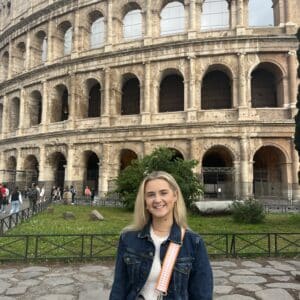
In an exclusive interview, True Travel founder Henry Morley spoke to Ang Tshering Lama, community hero and philanthropist, about the journey of his life, and the path that lead him to take on the tallest mountain on earth.
As an almost full moon lights a path on the climbers of Everest, Ang Tshering Lama is among those who are mere steps from the top of the world. The final ascent has been long awaited, and now, as the ethereal glow of the moon fades into a bright morning sky, and the glittering snow reflects the bluest of skies back onto itself, Ang stands in awe of the vistas that surround him. “To have the feeling of being the only person on the top of the world, even if only for a passing moment, I still cannot find words to fully describe it.” Ang tells True Travel founder, Henry Morley, as he recounts his time summiting Everest, the raw emotion of the challenge still evident as he speaks.
It is not only a physical challenge that he has overcome to reach the summit, but a spiritual one. This makes the moment all the more powerful as he reflects on the life that led him to this moment of great achievement.
Summiting the mountain on his first attempt in May 2022, Ang has spent most of his life in the foothills of the Himalayas. His modest family home was transformed in the 70s by Count Guido Monzino after Ang’s grandfather struck a friendship with the extravagant Italian explorer during his Everest expedition – the first for the Italians. A year later, their family home in the small village of Phaplu was playing host to the likes of Sir Edmund Hillary [the first man to summit Everest] for months at a time whilst he completed philanthropic missions of building a local hospital and schools.
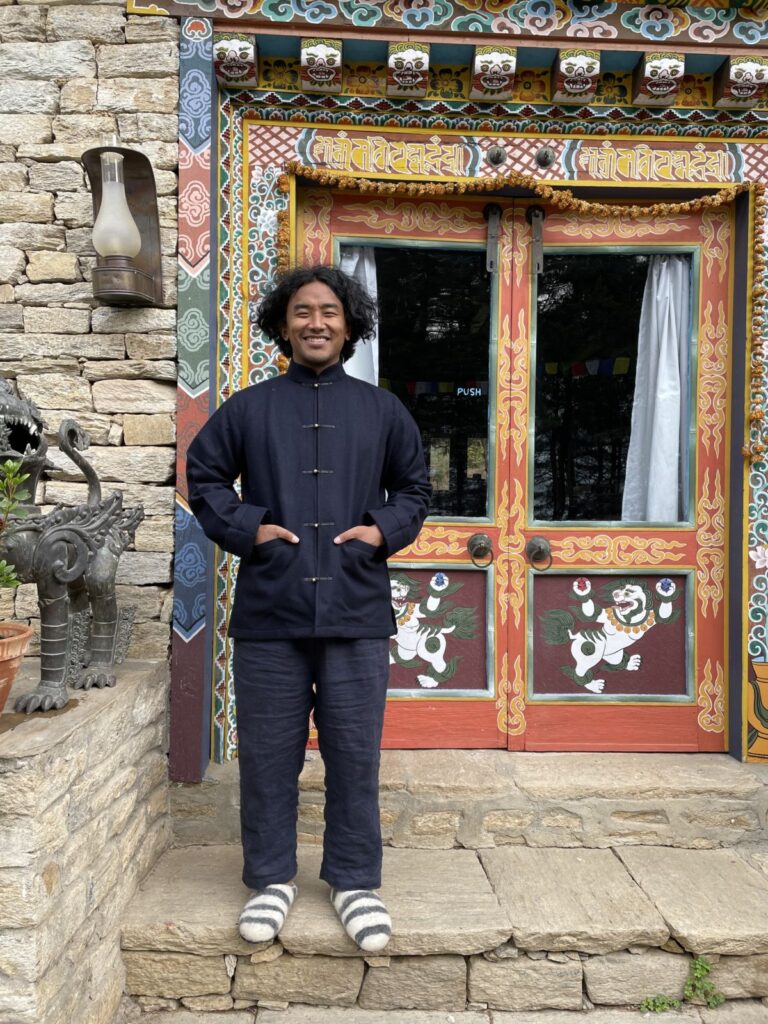
For Ang, he notes that these acts of service for the Sherpa community who helped Sir Edmund achieve what no person had thought possible, left the biggest impression. Ang tells Henry, “One of the things I have always admired about Sir Edmund Hillary, he once told me, out of all his greatest achievements in life, he is most proud of his work after Everest, in the Sherpa communities”.
The Sherpa community, although often misconceived as just mountain guides and porters, is an ethnic group of people that occupy the high, mountainous regions of Eastern Nepal. Growing up in Phaplu, the cradle of Sherpa culture, Ang’s early upbringing was heavily influenced by the community. For him, this meant being involved in the local monasteries or watching his father lead mountaineering expeditions. This was his way of life until the age of twelve, when Ang’s home was invaded.
A civil war had broken out and fighters were hunting government officials and their families in the nearby villages; as the mayor of Phaplu, Ang’s father had no choice but to seek refuge in the United States. Ang was forced with his parents to leave their precious home – a place Sir Edmund had so aptly once called ‘the happy home’ – and was sent to stay with relatives in Kathmandu. At seventeen, Ang joined his parents in America to study, attending university there before becoming an accountant in New York City. A far cry from the wilderness of the Himalayas. “The lights of Times Square, the hustle and bustle of the subway stations, to be a teenager in New York City from Kathmandu and Phaplu, it was exciting everyday. But there was still something missing”, Ang tells us as he reflects on the stark contrast between his life in a state almost half the size of his whole country.
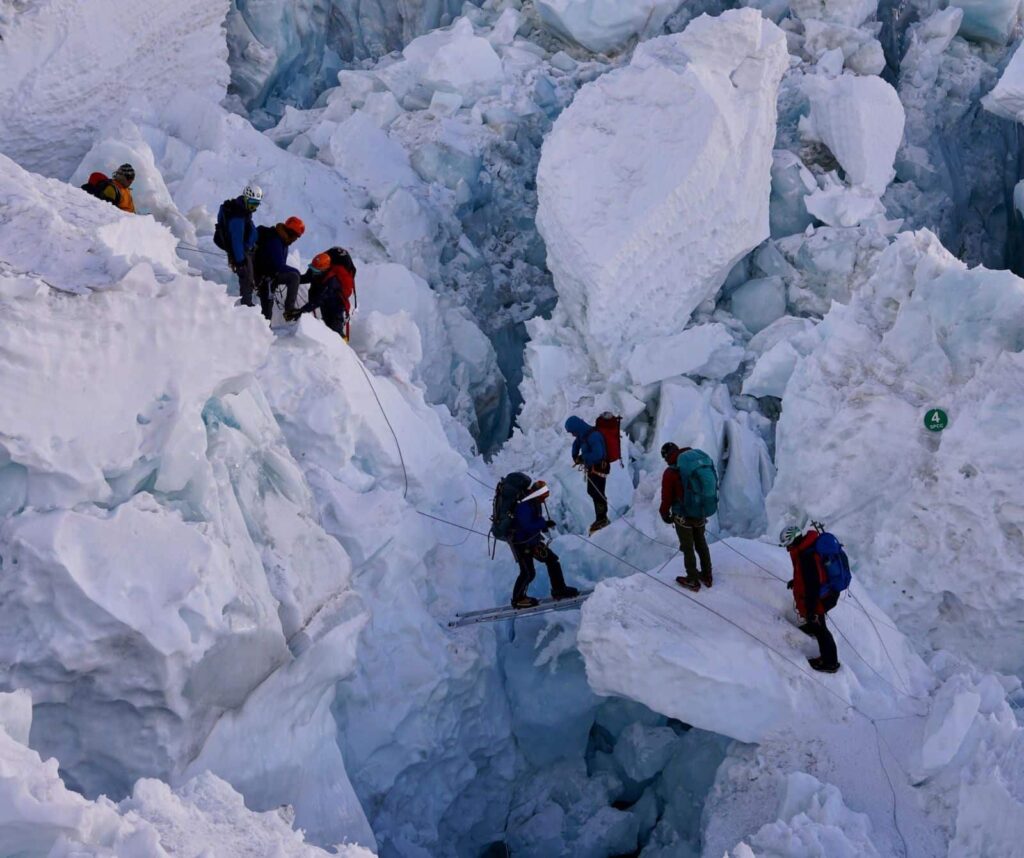
Shortly after, Ang made his way back to Nepal, leaving the lights of New York behind, and returning to his childhood home. He officially opened the doors of his home to all, and named it The Happy House, where he has settled ever since. “Sir Edmund called it his happy place. This was the happy house of my early childhood. And this is what we want to share now, happiness for everyone who comes through the doors.” It is clear in this statement that, despite his time in the Big Apple, the unwavering optimism of Ang’s Nepalese heritage has not been dulled. Henry nods as he listens, a silent acknowledgment of the striking simplicity it takes to communicate a culture in its most wholesome of forms.
With happiness at the core, Ang has delved into many philanthropic pursuits since his return. The Happy House has fast become the highest private contributor to philanthropic initiatives in the region, now welcoming guests from across the globe to stay and experience the Nepalese way of life. Visitors can expect to be looked after by a team of 40 during their time, and as Ang tells Henry “Everything we do, the Nepalese do with a big smile.”
The most recent addition to Ang’s long list of community enterprises is the Phaplu Mountain Bike Club which now sits proudly at the centre of the village, both literally and figuratively. The initiative engages the youth of the community, encouraging them to put aside the blue light of their screens and reconnect with outdoor activities. It’s been a huge success: “Every day after school, we have about 40 kids from the entire village coming and lining up, waiting for their turn to go on the bike. Being in the mountains we don’t have a lot of flat land, so there’s no football ground or things, and kids have to play in a very tight space. Whereas here, now we have a proper park.” The potential of this project goes beyond re-engaging local youth with their environment; it is introducing a new revenue stream for the region as it becomes a fast-growing tourism destination for mountain biking. Importantly, it is also providing employment opportunities which allows young people to stay in Nepal, rather than move abroad. Ang speaks passionately as he tells Henry “Nepal’s biggest export is its main resource, the people”, he hopes to halt the necessity of this trend and give future generations the opportunity to stay in their home country, and establish themselves in the community the same way he has been able to.
Tangible impact, spearheaded by Ang himself, is underway in Phaplu, and for Henry, this reinforces his fundamental belief that to travel with a positive impact, you have to be looking beyond just paying a sum to offset your travels; you have to look to the people on the ground that you are supporting and how the money you spend is fed back into the community to empower themselves. “I think it’s our responsibility to try and make it very tangible for clients to understand the impact of their international travel and always ask the question when they’re in a country, how much of each dollar actually contributes to that country?”. Ang wholeheartedly agrees “tourism has to work for the visitor, but also for the visited”.
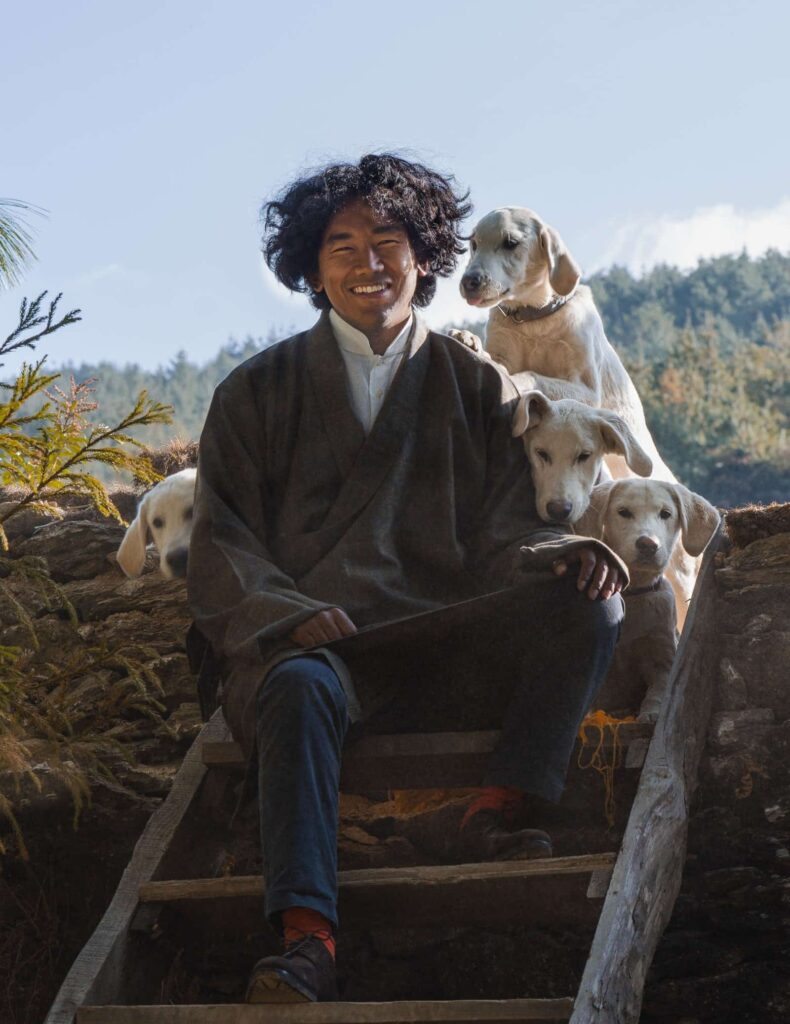
In fact, this factor is one of the reasons summiting Everest was never on Ang’s ‘to do’ list despite being witness to many key figures of his life take on the mountain. “A large proportion of the top expedition companies in Nepal are run by Westerners, meaning most of the money that an expedition generates ($60- 70,000 per person) is kept out of the local community.” Ang’s decision to therefore summit this year seems to be quite the sudden change of heart.
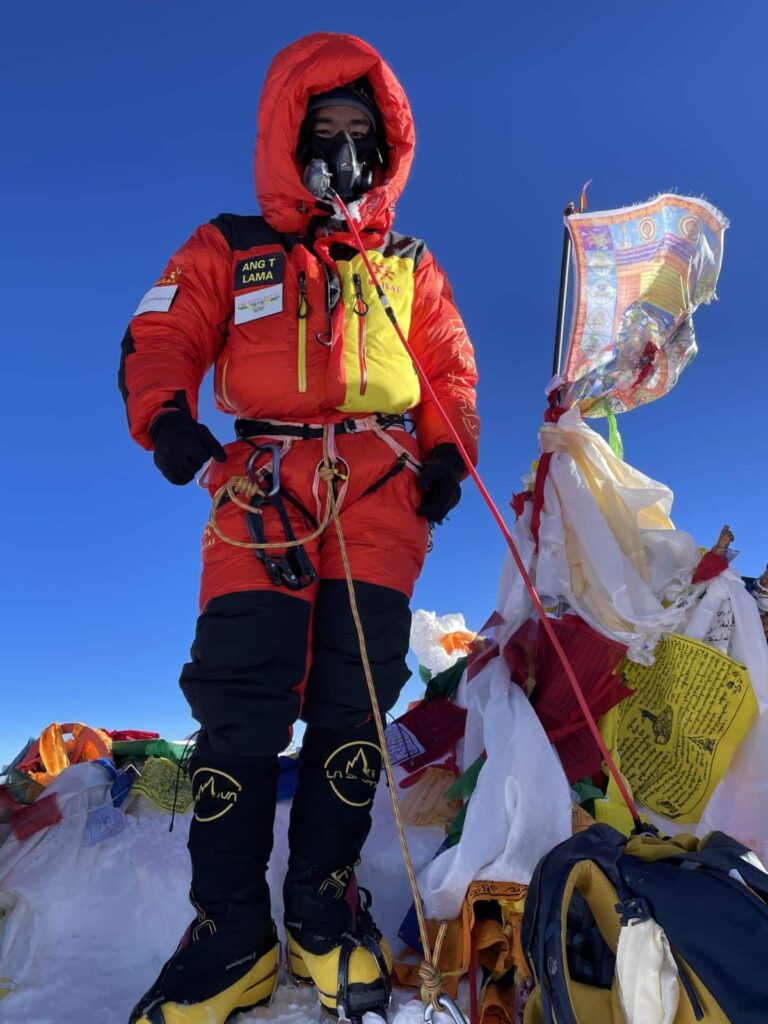
“I had always been conflicted within myself about whether one should climb Everest or focus on the other mountains. I have nothing against the mountain, but with some of the media coverage and what I’ve been reading; and then the handling of the Sherpa and mountaineering guides, plus the commercialisation of Everest, it was something that I started to be conflicted with.”
However, when Ang’s friends approached him in search of advice and a mentor in the travel industry, they offered him a space on their first Everest expedition as a symbol of gratitude.
Ang explains “It was an opportunity I thought I would never have again. And even with my lack of high altitude mountaineering experience, I decided to go because I knew I was in the best of hands. I also wanted to see for myself what the situation up there is really like and how much of the negative media attention is true as well.” Having started their careers as porters, Ang’s friends had amassed over twelve years of mountaineering experience, including nine Everest summits each, before they embarked on a new kind of adventure, setting up their own expedition company.
So with a new perspective, and a dose of physical and mental preparation, Ang embarked on one of his biggest challenges to date. “So, tell me, what was the journey up the mountain like?” Henry asks.
It took 45 days. For 45 days, Ang battled with Everest’s rocky, icy, peaks as he climbed alongside his friends, quickly learning that the weather must be on his side if he was to successfully complete the journey. Ang reminisces on the moments, and sometimes days, of rest and waiting, to acclimatise and find the precisely perfect window of opportunity to continue the expedition. Stories were told, jokes were shared and dances were learnt, all in the true spirit of Nepali optimism, as the top of the world waited patiently for their arrival.
In the final climb to the summit, Ang recounts how his complex relationship with Everest resurfaced, telling Henry, “I had some feeling of trespassing to somewhere I didn’t belong, the mountains are home to the Gods”. Despite the mental battle he faced, the physical challenge was more pressing, and instead he focussed on putting one foot in front of the other, inching closer to a moment he never thought would come.
In the hours before the expedition was complete, the group’s path was lit with the glow of an almost full moon, in Ang’s eyes it was as though he was being guided by the God’s, a subtle, and deeply personal, nod of their approval, spurring him on for the final stretch. Come morning, the skies had cleared, and endless blue vistas filled the horizon as Ang stood with the world at his feet.
There is not much for Henry to say, instead he listens, and watches, as Ang’s eyes dart back to a moment so fleeting, yet so immortal in his mind. A lifetime of apprehension, reframed in just 45 days.
Back in Phaplu, with the distant hum of children in the bike park and a new group of guests checking in at the Happy House, Ang is resting after an arduous expedition. He returned from Everest safely, leaving nothing but footprints behind; and taking with him, a renewed vigour to protect and showcase Nepal to the world.

INSPIRATION
SIGN UP
Weekly travel inspiration, news and updates from our team of travel specialists
Sign up